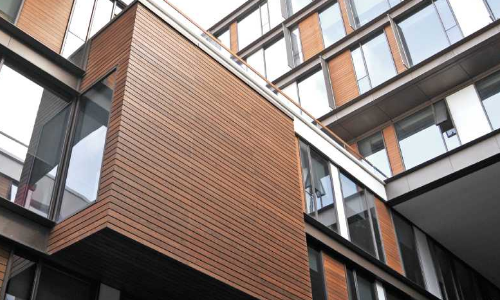Understanding Scaffolding: What Is It?
Scaffolding, often referred to as a scaffold or staging, is a temporary framework that provides a secure platform for workers to perform tasks at various heights. Whether it’s a construction project, maintenance work, or an inspection, scaffolding plays a crucial role in ensuring stability and accessibility. It is widely used to support workers and materials in tasks like building, repairing, or cleaning structures, making it an indispensable element in the industry.
Why Scaffolding Is Essential in Construction
Scaffolding has been a key part of construction for centuries because of its practicality and efficiency. It simplifies working at height and makes projects safer and more manageable.
Key Advantages of Scaffolding
Unrestricted Access – Scaffolding provides easy entry to difficult-to-reach areas of buildings and other structures, ensuring work is done effectively.
Better Stability – A solid and steady platform gives workers the balance they need to work comfortably and safely.
Quick Assembly & Disassembly – Setting up scaffolding is a straightforward process, making it convenient for temporary projects.
Durability – Whether made of wood or steel, scaffolding is built to last, withstanding heavy usage over extended periods.
Enhanced Safety – One of the primary reasons for using scaffolding is the safety it offers. It reduces the risks associated with working at heights by providing a firm standing surface.
Acts as a Bridge – In construction sites, reaching certain spots can be time-consuming due to complex layouts. Scaffolding can reduce this inconvenience by creating direct pathways, improving efficiency.
Common Uses of Scaffolding
Scaffolding is not just limited to construction sites. Its versatility makes it useful across various industries and applications.
Exterior Maintenance
High-rise buildings require specialized cleaning and maintenance. Scaffolding provides workers with a secure platform to clean windows, repaint walls, or repair exterior structures.
Construction Support
In building projects, scaffolding serves as an essential structure to hold materials and support workers working on higher levels. Whether constructing a multi-story building or a small residential home, scaffolding ensures that tasks are completed safely and efficiently.
Industrial Inspections
In factories, plants, and other industrial sites, inspections are necessary to ensure compliance with safety and operational standards. Scaffolding enables inspectors to reach elevated or hidden areas where assessments and tests need to be conducted.
Maintenance Work
Before repairs or replacements begin, inspections identify problems. After identifying issues, maintenance teams use scaffolding to access high areas safely and complete their work.
Event and Entertainment Industry
Scaffolding is widely used for staging in concerts, exhibitions, and sports events. It supports lighting systems, sound equipment, and grandstand seating for audiences.
Temporary Installations & Structures
Beyond construction, scaffolding is used for:
– Large art displays
– Observation platforms
– Shoring to support unstable structures
– Ski ramps and adventure sports setups
Choosing the Right Scaffolding for the Job
Selecting the appropriate scaffolding depends on factors like height, load capacity, and duration of use.
Supported Scaffolding – The most common type, built from the ground up, offering stability and strength.
Suspended Scaffolding – Hanging platforms used for high-rise maintenance and painting work.
Rolling Scaffolding – Equipped with wheels, making it mobile and ideal for tasks requiring frequent repositioning.
Cantilever Scaffolding – Best for situations where traditional scaffolding can’t be used due to ground obstructions.
Scaffolding Makes Work Safer and Easier
Scaffolding is a crucial component in various industries, ensuring safety, accessibility, and efficiency. Whether for construction, maintenance, or inspections, having a reliable scaffolding system can significantly impact project outcomes. Architects and wood traders can benefit from understanding scaffolding types and uses, ensuring they choose the best solutions for their projects.

 Exotic
Exotic Hardwood
Hardwood Reclaimed Wood
Reclaimed Wood Teak
Teak Softwood
Softwood Decking
Decking Cladding
Cladding Flooring
Flooring Table Top
Table Top Pergola
Pergola Door Frames
Door Frames





